How Robotic Dog for Seniors Improve Quality of Life
Robotic dogs for seniors are here to transform the lives of older adults by offering comfort, mental health improvement, and a way to combat loneliness.
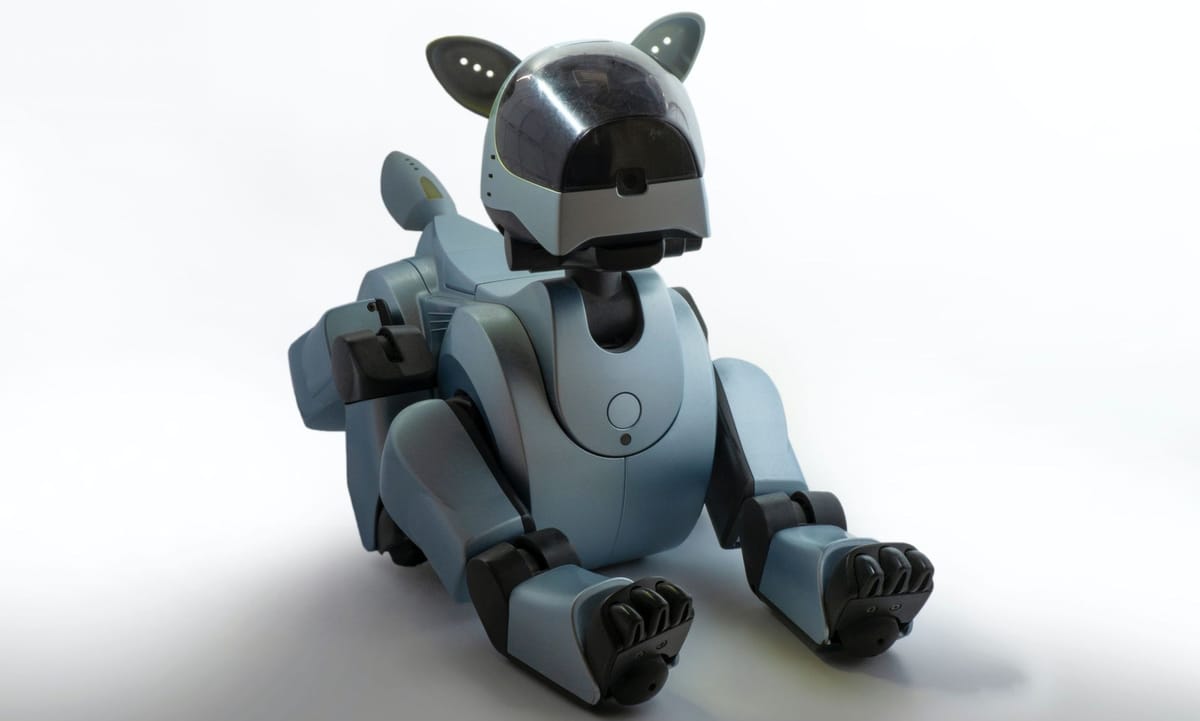
Imagine a world where seniors, especially those with dementia or Alzheimer’s, can find companionship and emotional support without the burdens of pet ownership. Robotic dogs for seniors are here to make that a reality, transforming the lives of older adults by offering comfort, mental health improvement, and a way to combat loneliness.
Short Summary
- Robotic dogs provide seniors with companionship, mental health benefits & an alternative to pet ownership.
- They offer emotional connection, help reduce loneliness & require lower maintenance than a real pet.
- Real life experiences have shown they can improve moods and cognitive function for older adults.
The Benefits of Robotic Dogs for Seniors
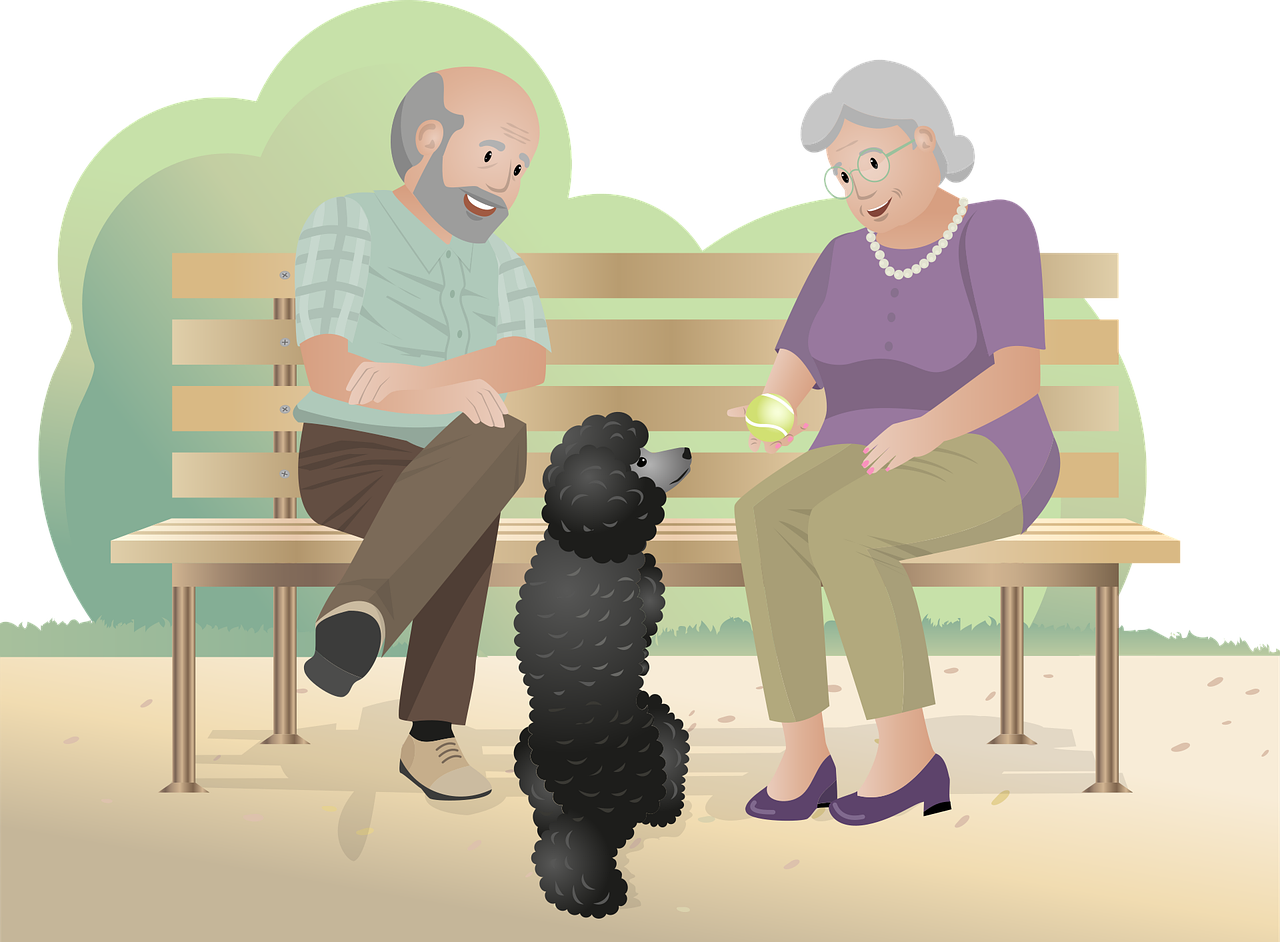
Robotic dogs are revolutionizing the way we care for seniors. They offer a unique blend of companionship, mental health improvement, and a solution to loneliness that is often associated with aging. These technologically advanced pets provide older adults with a means to connect emotionally, mimicking the benefits of animal assisted therapy without the challenges of pet ownership.
Research has shown that robotic pets can be particularly helpful for seniors with dementia, offering comfort, support, and companionship as they navigate the challenges of cognitive decline. The Pacific Brain Health Center has even suggested robotic pet therapy for individuals living with dementia as an alternative to traditional pet ownership.
Companionship
The power of companionship cannot be underestimated, especially for seniors with severe cognitive impairment. Robotic pets, like the golden pup from Joy for All Companion Pets, offer a sense of comfort and connection that can be difficult to achieve with human interaction alone. Resident A, for example, found solace in her robotic animal, treating it as a beloved companion pet and showcasing the potential of animal therapy.
These robotic pets not only provide emotional support but also help facilitate social interaction. In care settings where social isolation is a concern, robotic pets can help bridge the gap and foster connections between seniors and their care partners, making them feel less alone.
Mental Health Improvement
The presence of a robotic dog can have a significant impact on a senior’s mental health. These furry friends can help reduce stress, anxiety, and depression by offering companionship and emotional support. Licensed clinical psychologists have found that robotic dogs can give seniors a sense of purpose, helping them stay active and engaged in their daily lives.
In addition, research has shown that interacting with a robotic dog can help improve mood and social interactions for seniors. This positive influence on mental health not only boosts a senior’s well-being, but also contributes to a better quality of life.
Combating Loneliness
Loneliness is a significant issue for older adults, and research has shown that it can increase the risk of chronic diseases and cognitive decline. Robotic dogs offer a solution to this problem by providing companionship and reducing feelings of social isolation. Organizations such as the U.S. Department of Veterans Affairs and the State of Florida’s Department of Elder Affairs have recognized the potential of robotic pet therapy programs to combat loneliness among seniors.
By providing older adults with a source of comfort and companionship, robotic dogs can help prevent the negative consequences of loneliness on seniors’ overall well-being.
Types of Robotic Dogs for Seniors
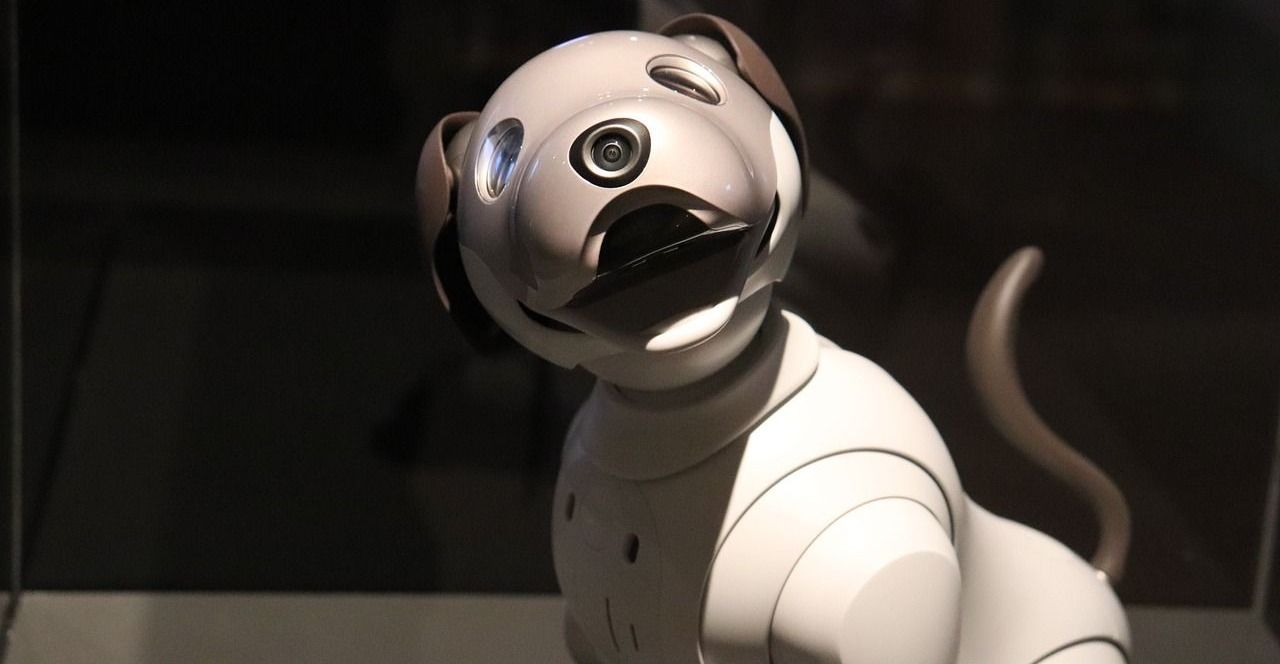
There is a wide variety of robotic dogs available to cater to the diverse needs and preferences of seniors. Some popular options include Joy for All Companion Pets, realistic interactive puppy pet dogs, and electronic walking Pomeranian stuffed dog toys. Each type of robotic dog offers its unique features and designs, allowing seniors to choose the perfect companion to improve their quality of life.
Robotic dogs, a type of robotic animals, can provide companionship, entertainment, and even therapeutic benefits to seniors.
Joy for All Companion Pets
Joy for All Companion Pets are designed with seniors in mind, offering realistic interactions and companionship that can help alleviate feelings of loneliness and isolation. Ageless Innovation’s Joy for All companion pets provide a therapeutic tool that is not only affordable but also effective in improving the well-being of seniors in long-term and geriatric care settings.
These robotic pets are available at a reasonable price of around $130, making them an accessible option for seniors looking for companionship. By providing seniors with a sense of purpose and boosting their mental health, Joy for All Companion Pets can transform the lives of older adults who need emotional support.
Other Popular Robotic Dog Brands
Other popular robotic dog brands, such as AIBO and PARO, offer a range of features and designs, including realistic fur, sensors, and interactive activities. These brands provide various advantages, including less upkeep and convenience, while also addressing potential concerns such as emotional connection and ethical issues.
By exploring different brands and options, seniors can find the perfect robotic companion to meet their individual needs and preferences.
Robotic Dogs vs. Real Pets: Pros and Cons
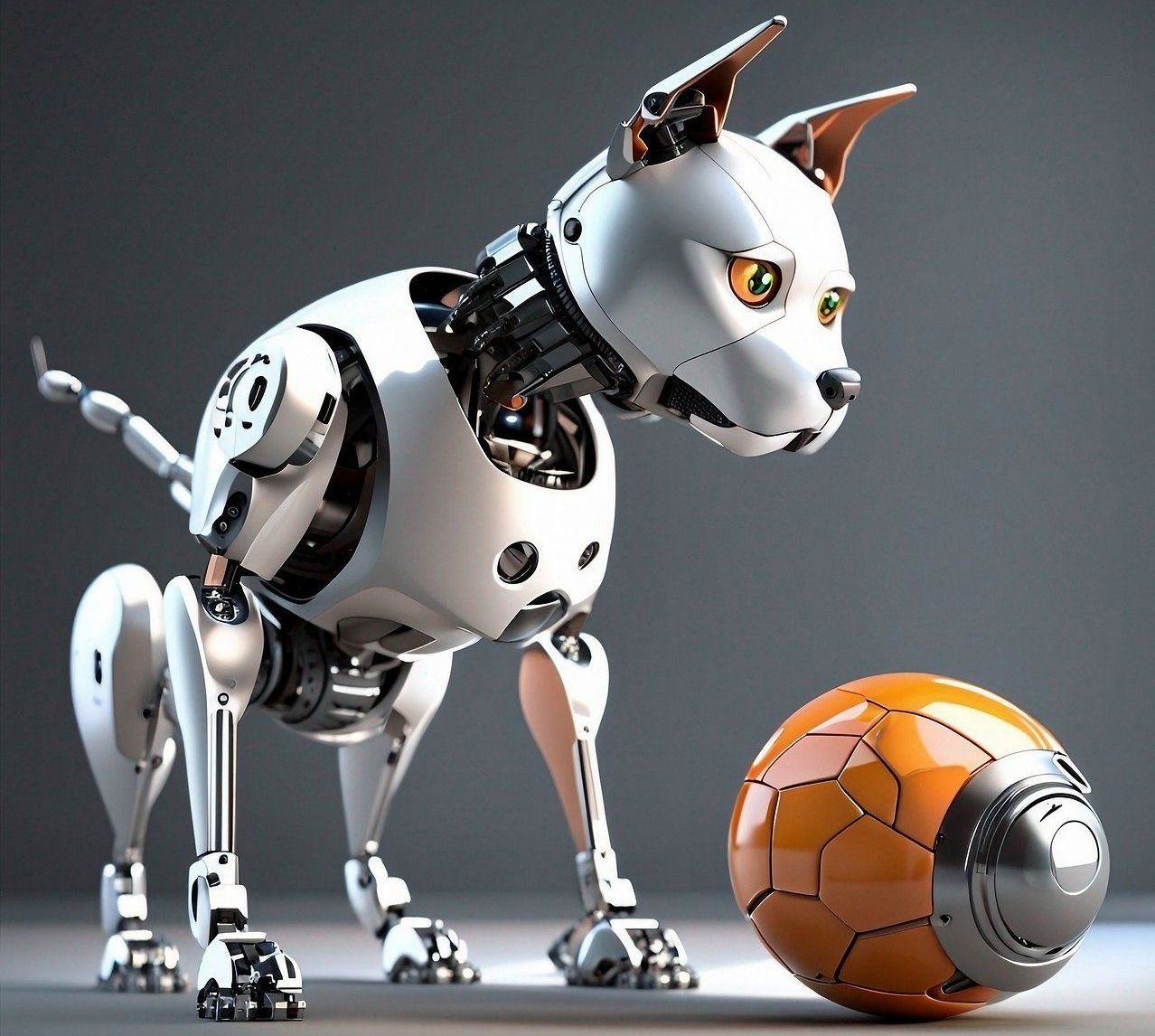
When comparing robotic dogs to real pets, it’s important to consider the advantages and disadvantages of each. Robotic dogs have some distinct benefits, such as lower maintenance, accessibility, and the ability to provide an emotional connection for seniors who cannot care for a live animal.
However, it’s essential to recognize that robotic dogs can’t replace the warmth, affection, and companionship offered by real pets. It’s crucial to weigh the pros and cons and consider individual circumstances when deciding whether a robotic dog or a real pet is the best choice for a senior’s well-being.
Lower Maintenance
One of the most significant advantages of robotic dogs is the lower maintenance required compared to real pets. Seniors do not need to worry about:
- feeding
- walking
- grooming
- taking their robotic companion to the vet
This makes them an ideal choice for seniors with limited mobility or health issues, who may struggle to care for a live animal, especially when it comes to maintaining a litter box.
Additionally, robotic dogs can be a cost-effective way to provide comfort, companionship, and entertainment for seniors without the financial burden of pet ownership. The lower maintenance aspect of robotic dogs can greatly benefit seniors while still offering emotional support and companionship.
Accessibility
Robotic dogs are a more accessible option for seniors living in care facilities where real pets may not be allowed. This allows seniors the opportunity to experience the benefits of pet companionship even in environments where live animals are not feasible.
By providing a sense of comfort, emotional support, and purpose, robotic dogs can help improve the quality of life for seniors in care facilities, making them a valuable addition to their daily routine.
Emotional Connection
While robotic dogs cannot fully replace the emotional bond formed with a real pet, they can still provide an emotional connection for seniors who cannot care for a live animal. Research has shown that interacting with robotic dogs can have a positive impact on psychosocial domains, such as reducing agitation and improving mood, as well as encouraging social interactions.
It’s important to acknowledge that the emotional connection provided by a robotic dog may not be as strong as that of a real pet. However, for seniors who are unable to care for a live animal, a robotic dog can still offer valuable companionship and support.
Implementing Robotic Dogs in Senior Care Settings
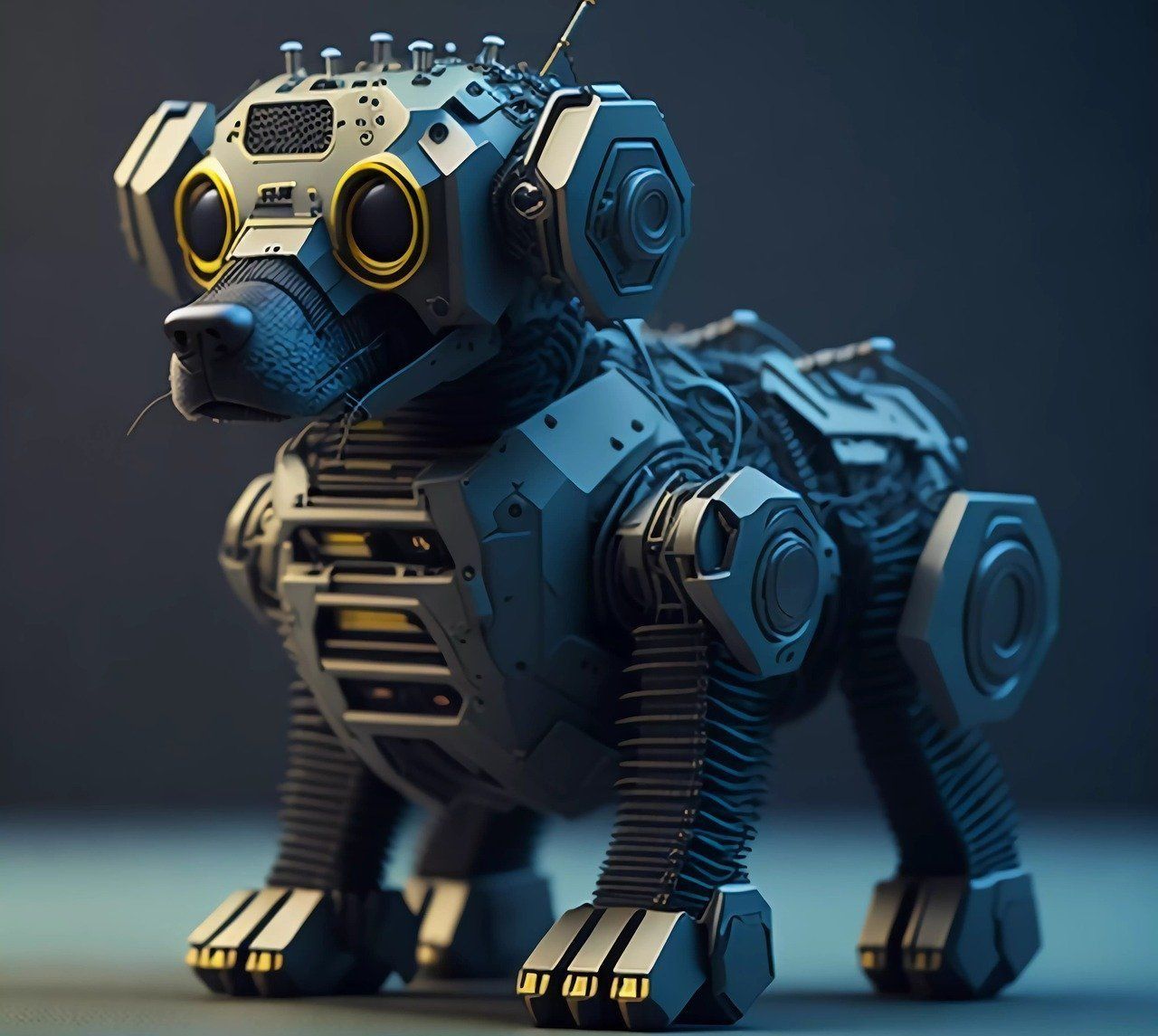
Implementing robotic dogs in senior care settings can be done through various methods, such as individual use, group activities, and with ethical considerations in mind. Each approach offers unique benefits and can be tailored to the specific needs and preferences of seniors in care facilities.
By carefully considering the best method of implementation, care providers can ensure that robotic dogs have a positive impact on seniors’ well-being.
Individual Use
Robotic dogs can be used for one-on-one interactions, providing personalized companionship and support for seniors in care settings. These interactions can help seniors feel less lonely and foster a sense of purpose, as they are able to engage with the robotic pet and care for it.
Incorporating robotic dogs into individual care routines can also have a positive impact on seniors’ mental health. By offering companionship and emotional support, robotic dogs can help alleviate feelings of anxiety, depression, and agitation in seniors.
Group Activities
Group activities involving robotic dogs can promote socialization and engagement among seniors in care facilities. Activities such as pet therapy allow seniors to interact with each other and the robotic pet, fostering connections and reducing feelings of isolation.
In addition to the emotional benefits, group activities with robotic dogs can provide cognitive stimulation and encourage physical activity, contributing to overall well-being.
Ethical Considerations

When introducing robotic dogs in senior care settings, it’s important to keep ethical considerations in mind. For example, care providers should be transparent about the artificial nature of the robotic pets and avoid any attempts to deceive seniors with cognitive impairment. Additionally, it’s crucial to ensure the cleanliness of robotic pets, especially when they are used in public areas or shared between individuals.
Addressing ethical considerations is essential to provide a respectful and supportive environment for seniors while using robotic dogs as a therapeutic tool. By being mindful of these concerns, care providers can offer the benefits of robotic pet companionship while maintaining the dignity and autonomy of seniors in their care.
Real-Life Experiences with Robotic Dogs for Seniors

Real-life experiences with robotic dogs for seniors showcase their positive impact on seniors’ lives. Some of the benefits include:
- Offering comforting companionship
- Improving the well-being of residents in memory care facilities
- Providing a sense of purpose and responsibility
- Reducing feelings of loneliness and isolation
- Stimulating cognitive function and memory
These innovative pets have made a meaningful difference in the lives of many older adults.
By sharing these experiences and success stories, we can help overcome skepticism and demonstrate the potential of robotic dogs to transform the lives of seniors. Their unique blend of companionship, mental health improvement, and combating loneliness makes them an invaluable resource in the care of older adults.
The Comforting Companion
Robotic dogs can serve as comforting companions for seniors, providing emotional support and reducing feelings of loneliness. For example, the Comforting Companion is a robotic dog designed to bring comfort and companionship to seniors in nursing homes. This innovative pet offers a source of emotional support, helping seniors feel less lonely and more connected to their surroundings.
By offering a constant presence and a source of emotional support, robotic dogs like the Comforting Companion can play a crucial role in improving seniors’ mental health and quality of life.
The Memory Care Success
Memory care facilities have reported success in using robotic dogs to improve the well-being of dementia patients with Alzheimer’s disease and other forms of dementia. These innovative pets have been shown to reduce agitation, improve mood, and encourage social interactions among seniors with cognitive decline.
By incorporating robotic dogs into their care routines, memory care facilities can enhance the quality of life for residents and provide an additional layer of support and companionship.
Overcoming Skepticism
Skepticism towards robotic dogs can be overcome by witnessing their positive effects on seniors’ mental health and quality of life. As more people become aware of the benefits these innovative pets offer, their acceptance and adoption will continue to grow.
By sharing success stories and real-life experiences, we can showcase the transformative impact of robotic dogs on seniors’ lives and change the way we view pet companionship in the care of older adults.
Summary
In conclusion, robotic dogs have the potential to revolutionize senior care by offering companionship, mental health improvement, and a means to combat loneliness. With their lower maintenance, accessibility, and ability to provide an emotional connection, these innovative pets can transform the lives of older adults, especially those with dementia or Alzheimer’s. As we continue to share success stories and real-life experiences, we can overcome skepticism and embrace the potential of robotic dogs in the care of our aging population.
Frequently Asked Questions
Do robotic pets help dementia?
Robotic pets can help reduce feelings of isolation and loneliness in those with dementia, as well as stave off ADRD. They cannot cure Alzheimer’s, however.
What is the most lifelike robotic dog?
Tombot is the most lifelike robotic dog, designed to look and behave like a live puppy. It provides ongoing fun, happiness, and emotional support to patients, seniors, people diagnosed with dementia, and animal lovers alike.
Tombot is designed to be a companion that can provide comfort and companionship to those who need it. It has a range of features that make it a great companion, including realistic movements.
Are robotic pets as good as real ones for older adults?
Robotic pets may not be able to offer the same level of responsiveness as real animals, but they can provide seniors with a constant source of comfort and stimulation. They are also a better choice for seniors with memory issues who might struggle to remember why an animal is no longer with them.
Robotic pets can be a great companion for seniors, providing them with a source of comfort and stimulation. They are also a good choice for seniors with memory issues, as they don’t require the same level of care and attention as real animals.
What types of robotic dogs are available for seniors?
Seniors have a wide range of robotic pet options, from Joy for All Companion Pets to other popular brands. There’s sure to be something to suit all preferences and needs.
How can robotic dogs be implemented in senior care settings?
Robotic dogs can be a beneficial addition to senior care settings, offering companionship and entertainment as well as providing stimulating activities and an ethical approach to their introduction.
Robotic dogs can provide seniors with companionship and entertainment, as well as providing stimulating activities. They can also be introduced in an ethical manner, making them a great addition to senior care settings.




